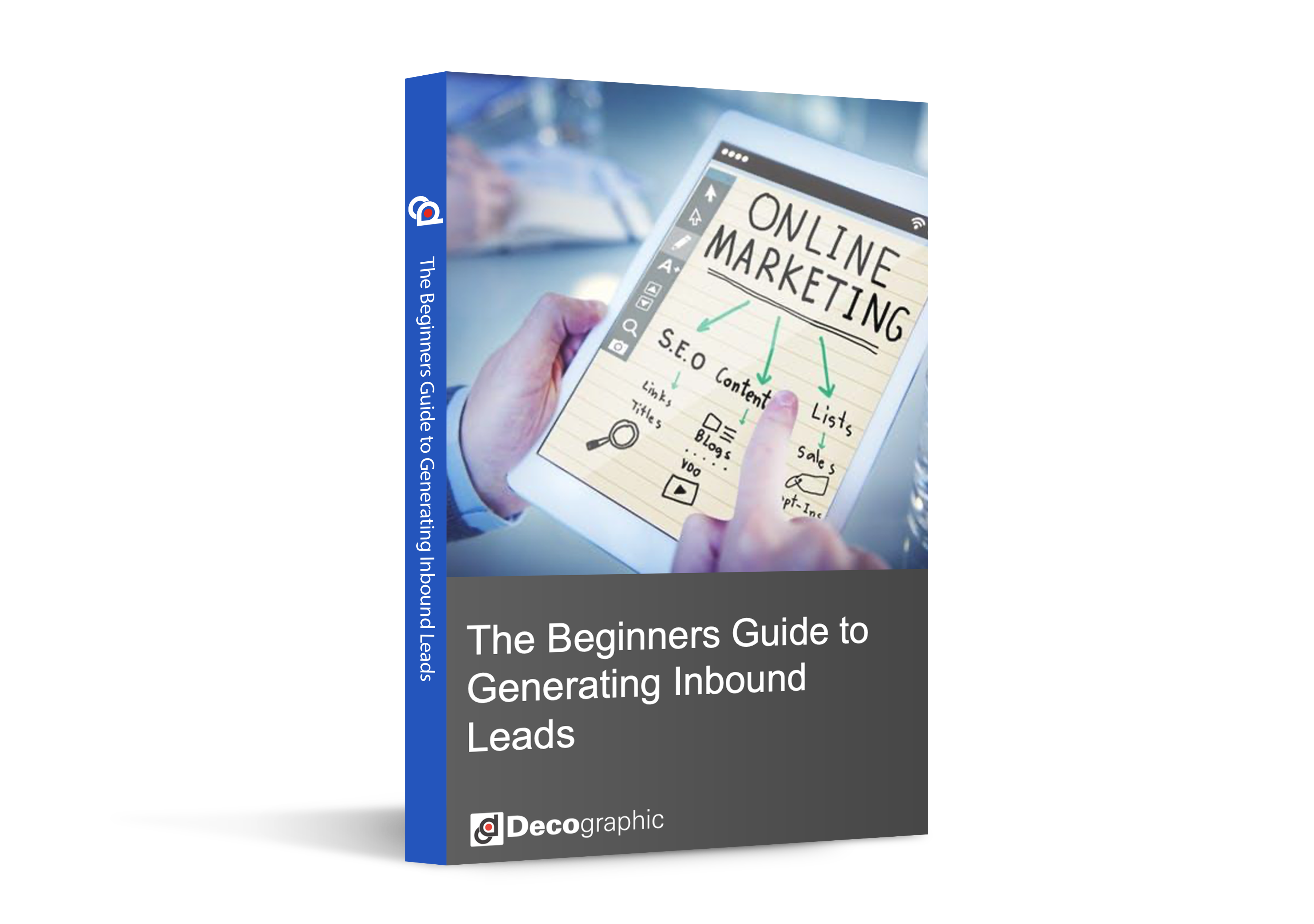The 6 Stages of a Product Life Cycle
The product life cycle is defined as the succession of stages that a product goes through during its existence, starting from development and ending in decline. It is typically broken up into six stages. Most business owners and marketers use this product life cycle to make important decisions and strategies on advertising budgets, product prices, and packaging.
Marketers should understand how your tactics and strategies change depending on the stage your product is in. Here are the six stages of the product life cycle:
1. Development
The first stage of the product life cycle is the development stage. It is the research phase before a product is introduced to the market. This is the part where companies bring in investors, develop prototypes, test product effectiveness, and strategize their launch.
This is one of the longest stages depending on the complexity of the product, how new it is in the market, and the competition. If you happen to launch a completely new product, the development stage is challenging because the first pioneer of a product is usually not as successful as later iterations.
2. Introduction
This is where the product is first launched in the marketplace. This is also when marketing teams begin building product awareness and also reaching out to potential customers. When a product is introduced, sales are usually low and demand builds slowly.
The focus in this stage is advertising and marketing campaigns. Companies usually work on testing distribution channels and try to educate potential customers about the product.
3. Growth
In this stage, the consumers have accepted the product in the market and customers are beginning to see the value of the product. This means demand and profits are growing, some at a steadily rapid pace. The growth stage is when the market for the product is expanding and competition begins developing. Potential competitors will see the demand you give and will want in.
4. Maturity
The maturity stage is when the sales begin to level off the rapid growth period. Companies are beginning to reduce their prices so they can stay competitive amongst the growing competition. They are becoming more efficient and learning from the mistakes made in the introduction and growth stages. Marketing campaigns are more focused on differentiation than awareness. This is also the stage where products begin to enter the most profitable stage because the cost of production usually declines while the sales increase.
5. Saturation
The competitors are beginning to take a portion of the market and products will experience neither growth nor decline in sales in this stage. This is also the point when most consumers are using the product with many competing companies. Companies are now trying to be on top of their consumers’ brand preferences.
6. Decline
While companies try to avoid the decline stage, sometimes there is no helping it, especially if the entire market reaches a decline, not just your product. You can pivot this by focusing on nostalgia or emphasize the superiority of your solution to successfully get out of this stage.
Learn what online lead generation is and why your business needs it, how you qualify someone as a lead, how you generate leads, and why inbound lead generation is much more effective than simply buying leads.



.png?width=352&name=SCS%20-%20Blog%20Template%20(21).png)

